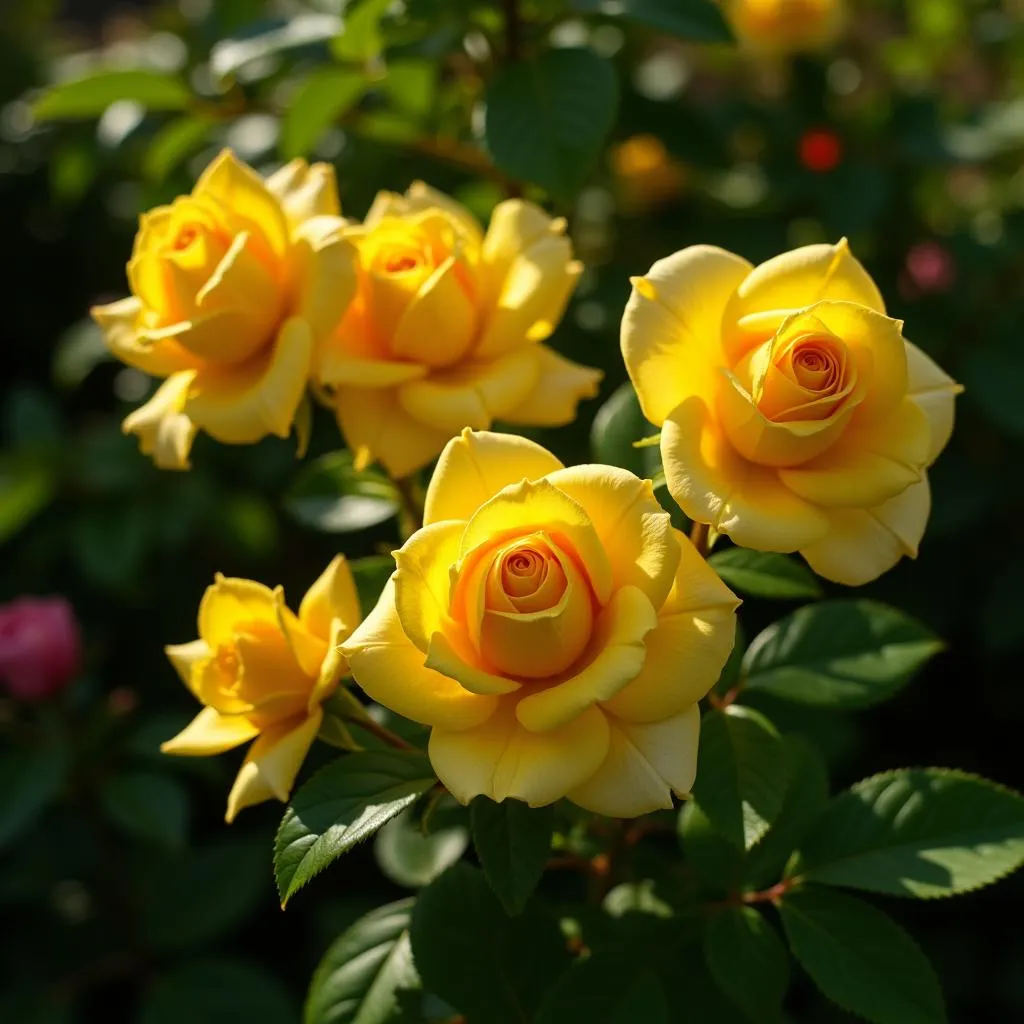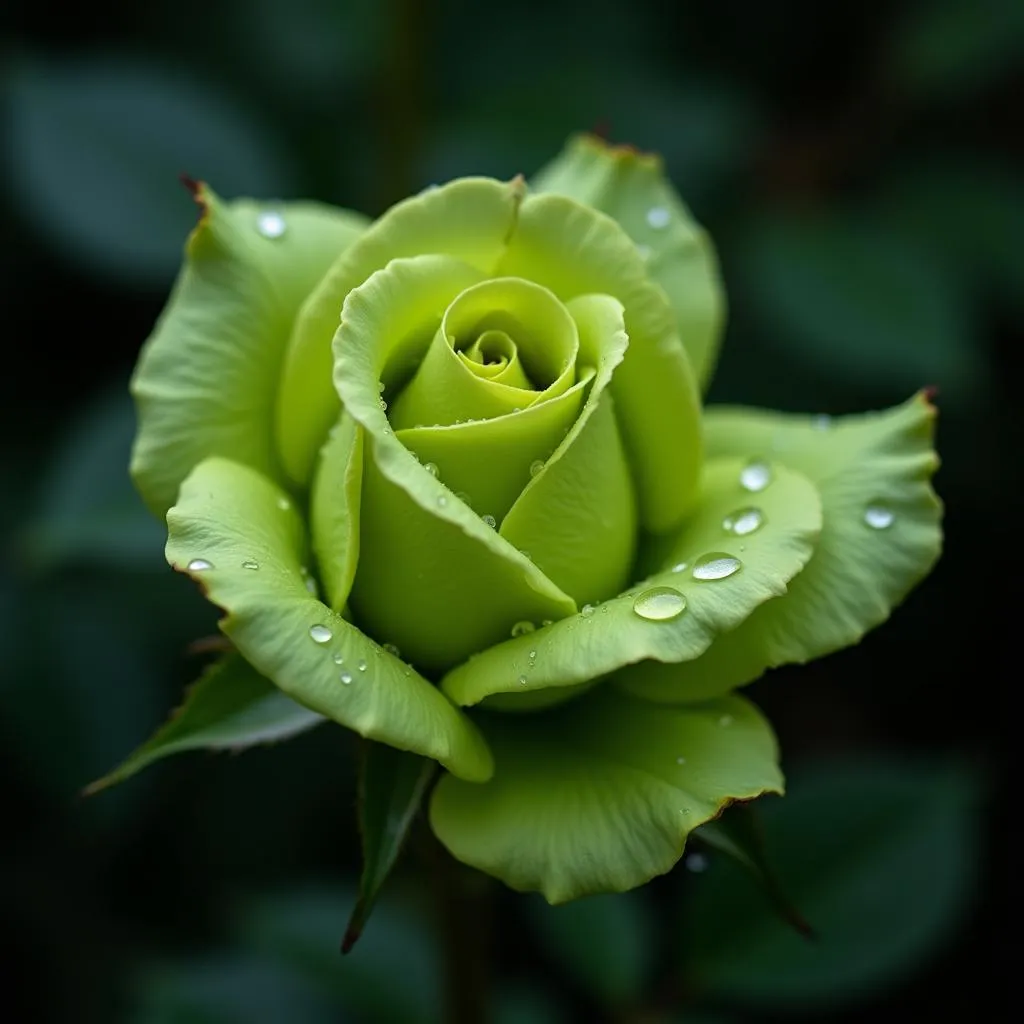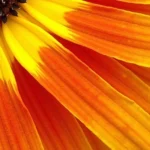Roses are beloved for their elegance and captivating fragrance, but did you know they also boast a stunning array of natural colors? While we often associate roses with vibrant reds and delicate pinks, nature surprises us with a much wider palette. In this article, we’ll delve into the fascinating world of roses and explore the captivating hues they can naturally possess.
Unraveling the Rainbow: Natural Rose Colors
Beyond the classic red, roses naturally occur in a spectrum of colors, each holding a unique allure. Let’s uncover the beauty of these natural hues:
1. White Roses: Purity and Innocence
White roses, often symbolizing purity and innocence, are a common sight in gardens and bouquets. These elegant blooms result from a lack of pigmentation, allowing the white petals to shine through.
2. Pink Roses: Grace and Gratitude
From blush to deep magenta, pink roses encompass a range of shades, each with its own charm. These roses represent grace, gratitude, and gentle affection.
3. Yellow Roses: Friendship and Joy
Yellow roses evoke feelings of warmth, joy, and friendship. Their vibrant hues brighten any setting and symbolize a bond of care and appreciation.
 Yellow Roses in a Garden
Yellow Roses in a Garden
4. Orange Roses: Enthusiasm and Passion
Orange roses, with their fiery hues, symbolize enthusiasm, passion, and excitement. They make a bold statement and convey a sense of adventure and energy.
5. Purple Roses: Enchantment and Mystery
Purple roses, particularly deep shades like lavender and mauve, exude an air of enchantment and mystery. These captivating blooms represent fascination, admiration, and the extraordinary.
Beyond the Basics: Unveiling Rarer Natural Colors
While the colors mentioned above are relatively common, nature has more surprises in store. Some rose species and hybrids exhibit even rarer natural colors:
1. Green Roses: Harmony and Renewal
Green roses, though uncommon, are a testament to nature’s artistry. These unique blooms symbolize harmony, growth, and renewal.
 Green Rose with Dew Drops
Green Rose with Dew Drops
2. Brown Roses: Rustic Beauty and Nostalgia
Believe it or not, roses can even be brown! These rustic beauties, often found in deep chocolate or coffee shades, evoke a sense of nostalgia, history, and the passage of time.
3. Multicolored Roses: A Celebration of Diversity
Nature’s creativity extends to creating roses with multiple colors on a single bloom. These varieties, often striped, speckled, or blended, showcase a stunning display of diversity and beauty.
Factors Influencing Natural Rose Colors
The wide range of natural rose colors results from a combination of factors, including:
- Pigments: Roses contain pigments like carotenoids (yellow, orange) and anthocyanins (red, pink, purple) that determine their base color.
- pH Levels: The acidity or alkalinity of the soil can influence the intensity and shade of the pigments.
- Sunlight: The amount of sunlight a rose receives can affect the vibrancy of its color.
- Genetics: The genetic makeup of a rose variety plays a significant role in determining its color potential.
The Allure of Natural Rose Colors
“The beauty of natural rose colors lies in their subtlety and depth,” says renowned florist Emily Carter. “Unlike artificially dyed roses, natural hues possess a certain richness and complexity that adds to their allure.”
Natural rose colors provide a captivating glimpse into the wonders of the natural world. They remind us that beauty exists in every shade and hue.
Conclusion
From the classic red to the rare green, the natural colors of roses offer a breathtaking spectrum of beauty. Whether you’re captivated by the purity of white roses or the mystery of purple blooms, there’s a natural rose color to enchant everyone. So, next time you admire a rose, take a moment to appreciate the artistry of nature and the captivating hues it has painted on these beloved flowers.

